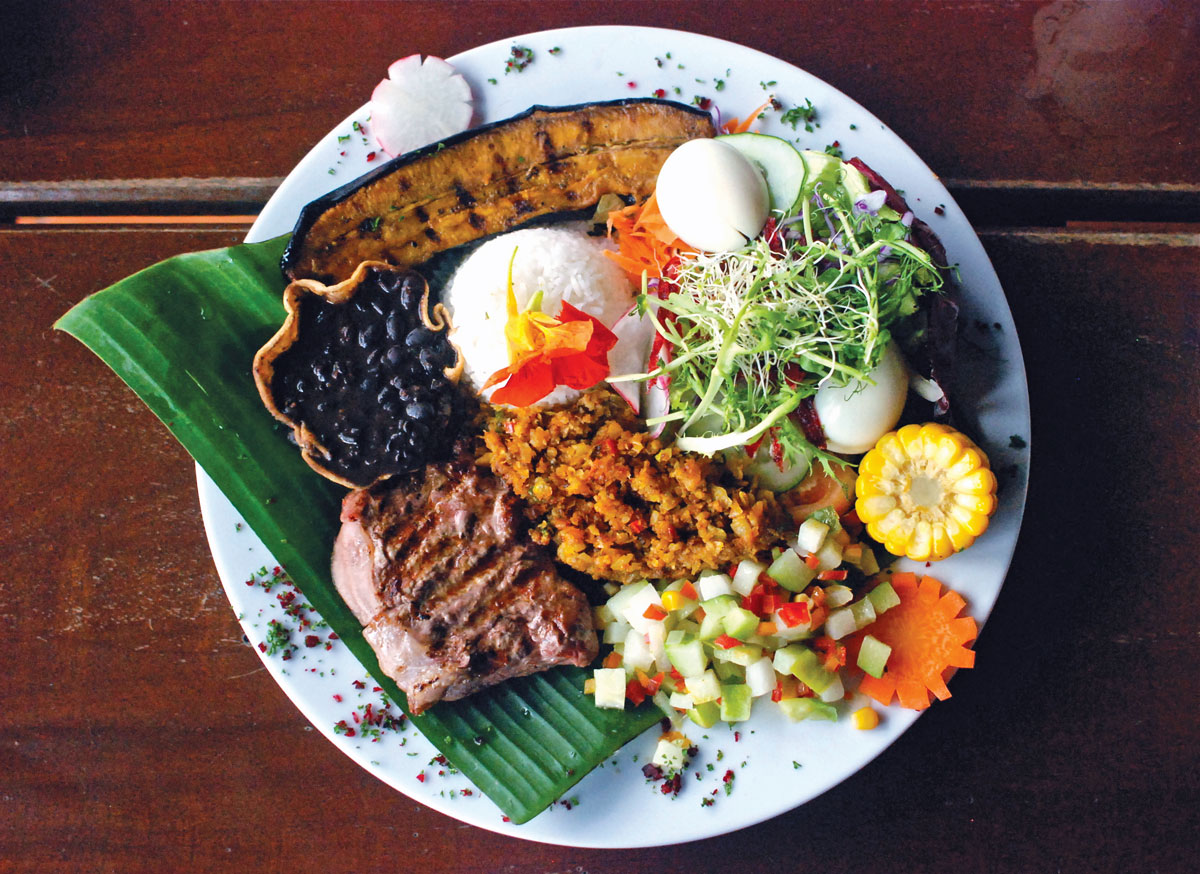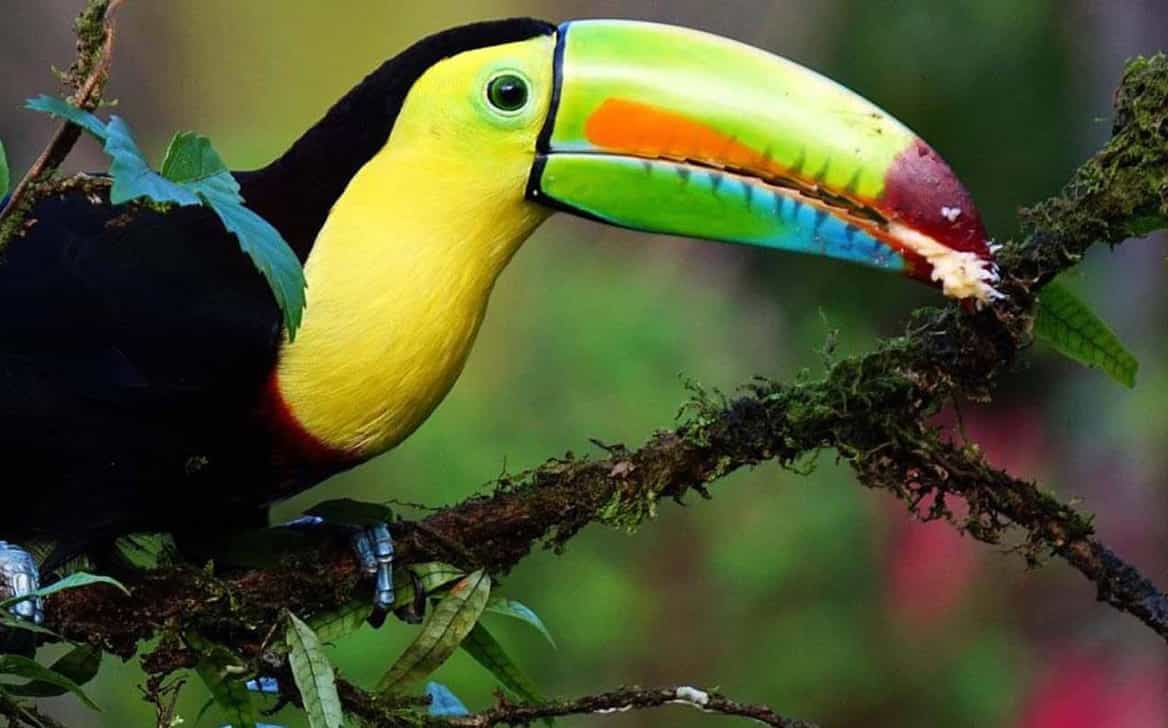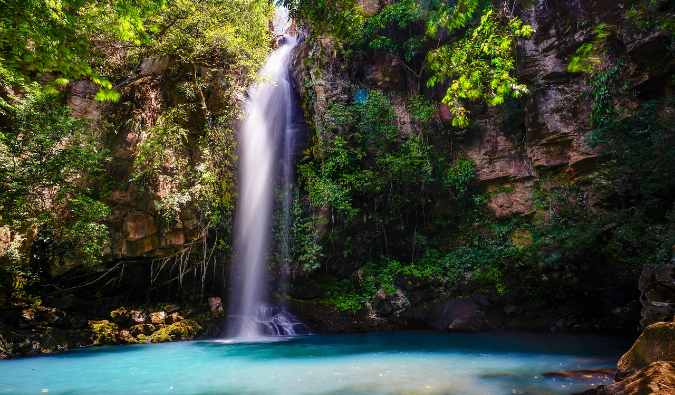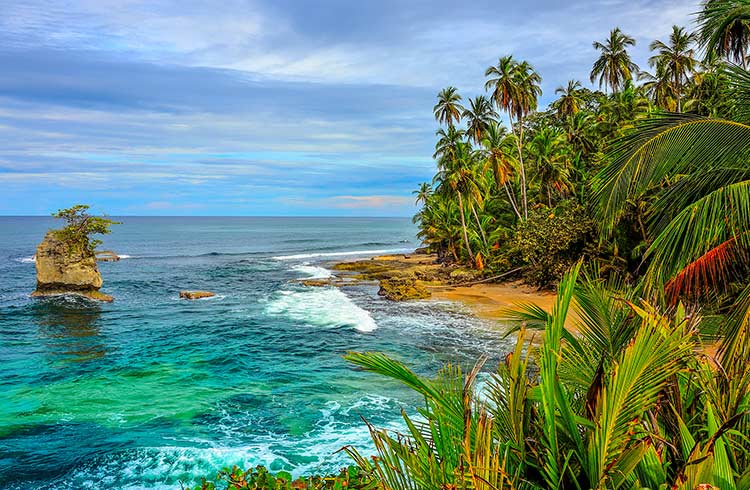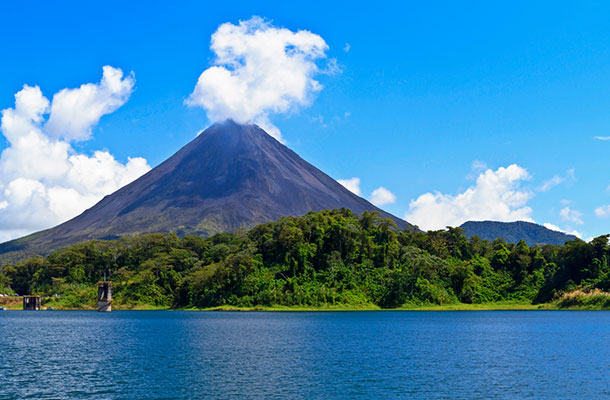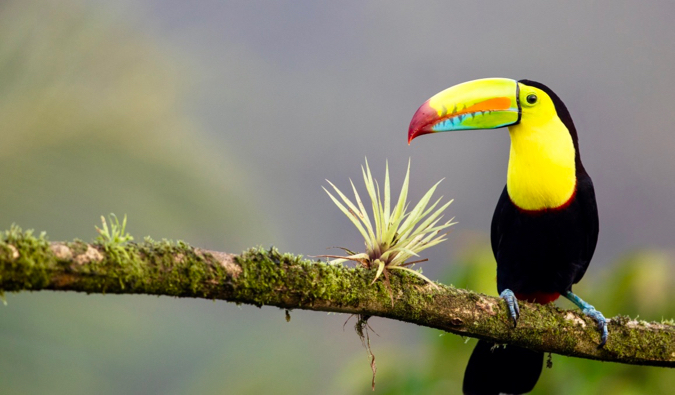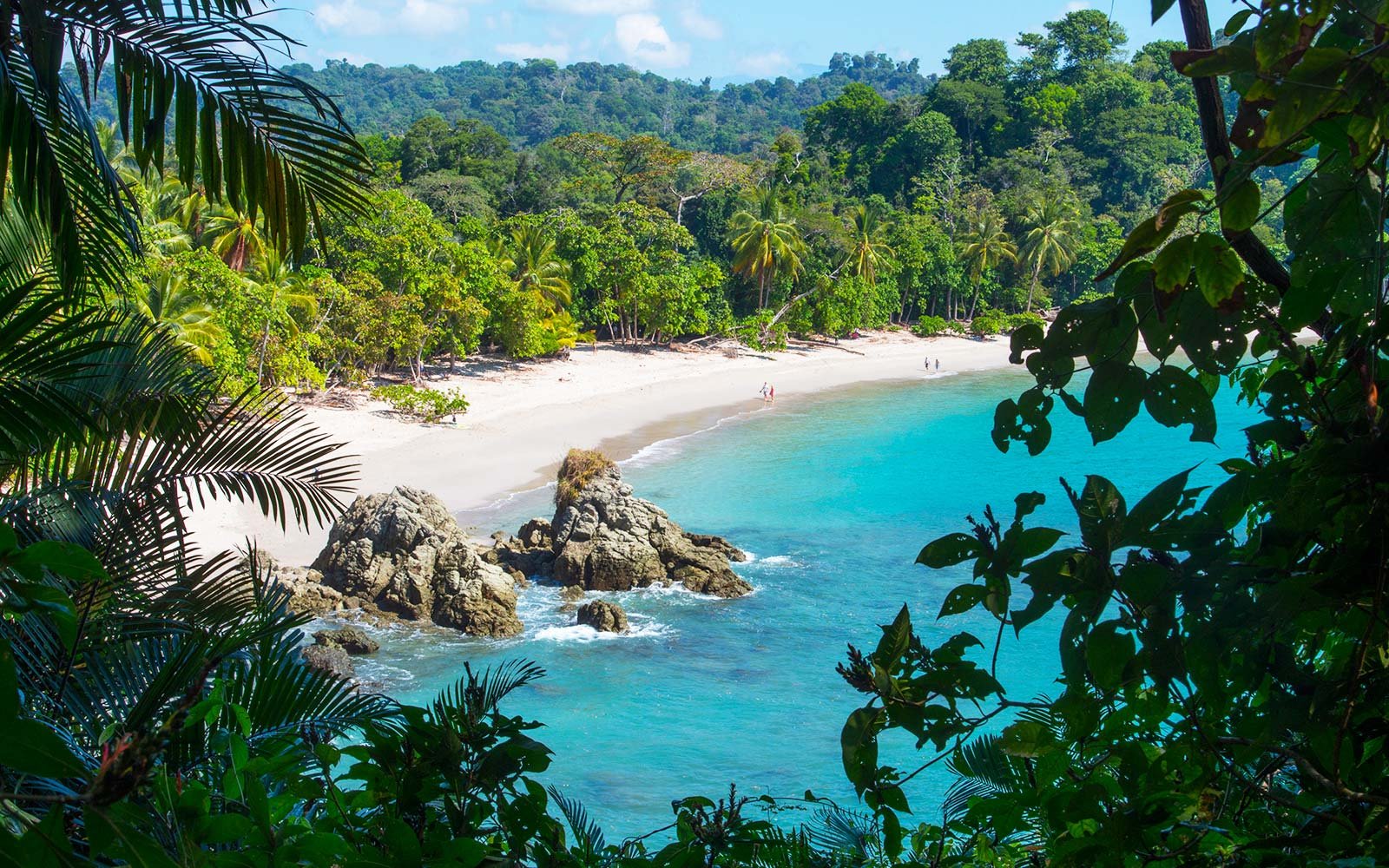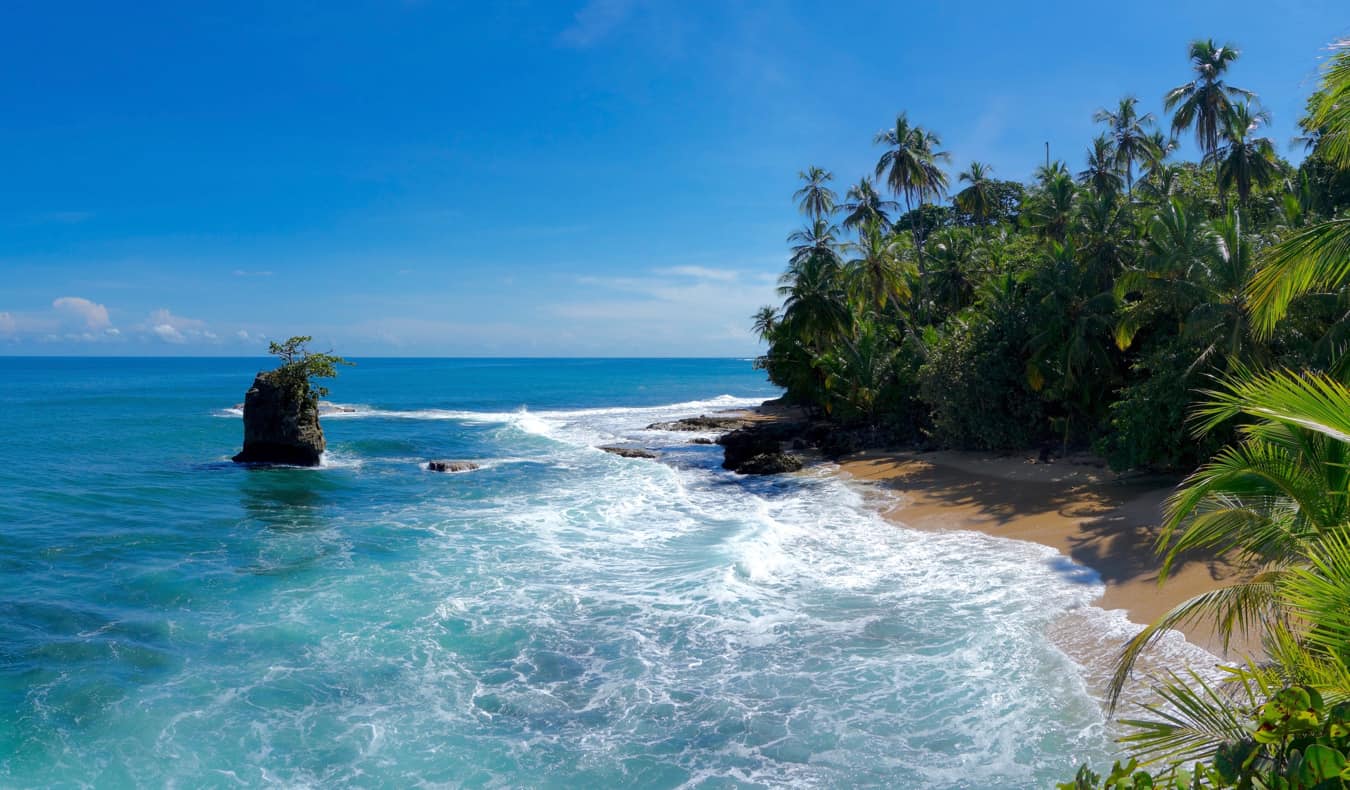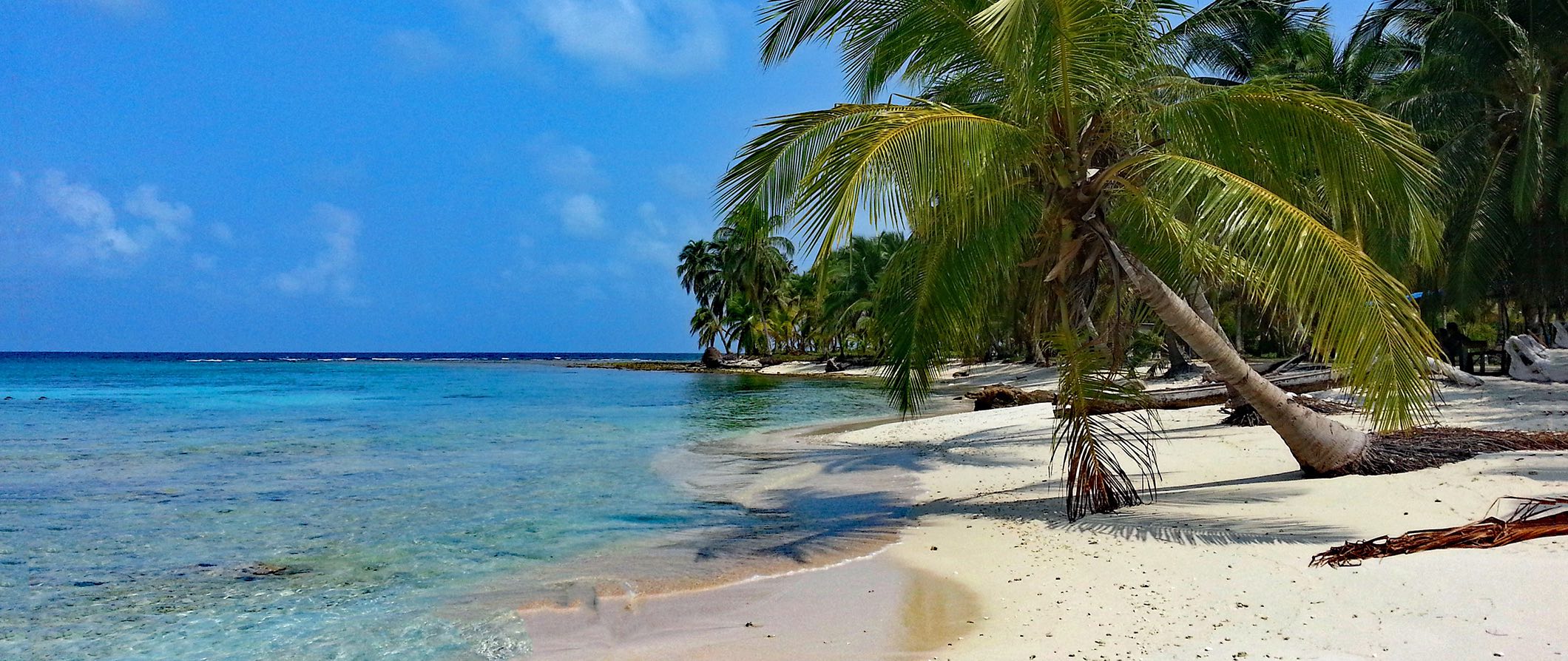Costa Rica
A beacon of neutral democratic ideals, Costa Rica stands out in a turbulent region; as far back as the 1930s one commentator called it the ‘Switzerland of Central America’.
Whatever its political credentials and claims to neutrality, this country is undeniably a nature-lovers’ paradise: you’ll find moss-draped cloudforest on the slopes of Monteverde, where the red and green sacred quetzal bird hides in the treetops and hummingbirds busy round drinking nectar, there’s rainforest wilderness on the Osa Peninsula and remote turtle-nesting beaches on the north Atlantic and Pacific coasts. The country’s volcanic peaks range from the gentle steaming lagoons of Irazú and Poás to the dramatic Arenal, just outside La Fortuna.
Travellers looking to combine nature and comfort should head to the endless sand and surf beaches of the Nicoya Peninsula, Quepos and Parque Nacional Manuel Antonio, or to the off-beat strands of the Caribbean. For adrenalin junkies there’s whitewater rafting, trekking and coast-to-coast mountain biking, and the chance to climb the barren páramo savannahs to the peak of Cerro Chirripó.
Historically Costa Rica has avoided the extremes of external influences. The Spanish found no mineral wealth here or compliant indigenous labour to work the land. Hard conditions and poverty forced both conquerors and conquered to work and live side by side. It was only with the arrival of wealth from the magic coffee bean in the central highlands that a landed gentry arose to conflict with the interests of a liberal merchant class.
As a result, Costa Rica’s architectural highlights are somewhat limited compared to much of the region, concentrated in the churches that dot the central highlands. But, just like the country’s natural nuances that host incredible diversity, the architectural differences are subtle. And just like the natural wonders, you’ll have to look harder to truly appreciate them.
